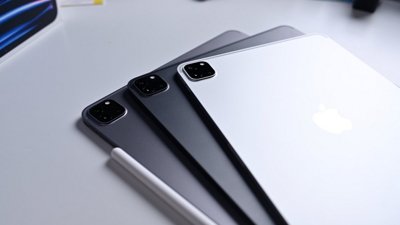Apple's push for a more custom and social experience on iPhone continues with iOS 17. Everything from interactive widgets to new Contact Posters makes iPhone more personal.
Since Apple's operating systems work as an ecosystem, many of the new features revealed for iOS are also coming to iPadOS 17 and macOS Sonoma. Continuity also plays a larger role in features like widgets on Mac or FaceTime on Apple TV.
Even though Apple flew through the iOS 17 portion of WWDC, plenty of new features exist. So many that some weren't shared until a press release after the keynote.
FaceTime, Contacts, Messages
The social features of iOS 17 focused on Contacts, FaceTime, and Messages. User contacts are easier to share and update, while FaceTime and Messages gain new quality-of-life improvements.
Contacts
Contact Posters allow users to customize their contacts with larger, colorful images and custom text. Posters are used to fill the display during calls.
Users can set up their contact cards with a poster and automatically update others when changing their outgoing photo. This feature existed in iOS 16 for standard contact photos but now works with posters.
Apple also introduced a new feature called NameDrop for sharing personal contact information with a new person. Bringing devices close will show an animation of each other's contact poster, name, and number being shared with a button to authorize the share.
Apple added several new ways to take advantage of the NFC phone to phone tap beyond NameDrop. Users can also bring their phones close to initiate an AirDrop to share photos or to share passes in Apple Wallet.
Phone and FaceTime
Voicemail also got a couple of updates. Users can see live transcriptions of incoming voicemails on the call screening page, so users can decide to answer mid-voicemail.
Apple has also introduced video voicemail for missed FaceTime Calls. Users will have the choice of leaving voice or video messages after a call is missed.
Messages
Apple has introduced new messaging features mostly focused on iMessage. However, there have been some improvements to the overall app experience.
Search filters are now available in Messages, so type a word and tap it to lock in a filter for a name, word, or phrase. This works similarly to search filters in the Photos app.
Group chats have a new feature for when things get busy and challenging to keep up with in the chat. A catch-up button will enable users to return to their last read message.
It's now easier to reply to a message. Rather than long pressing, just swipe to reply.
Check In automatically notifies a friend or family member when arriving at a destination. Or, if you're running late or change direction, it'll let them know too.
iMessage apps have been moved behind a "+" button along with audio messages and photos. Users can organize these sections to prioritize their most-used apps.
Stickers have also been revamped into their own app section in iMessage. All previously purchased sticker packs will appear in this section alongside a new custom stickers app.
Users can create stickers and live stickers from their photos. This feature uses the Lift Subject From Background feature introduced in iOS 16.
StandBy
Nightstand mode from Apple Watch has made its way to iPhone, with a few extra features. Instead of just being a nighttime feature, StandBy is meant to present information and widgets anytime an iPhone is charging in a landscape position.
When used with MagSafe, the iPhone will remember the user's preferred widgets. A two-widget view, photo view, clock view, or now playing view is available.
At night, displayed widgets or text will become red. The display will turn off if no attention is noticed, and motion will turn the display back on.
Interactive Widgets
Widgets on the Home Screen can now have interactive components. Start an album from the Music widget or toggle a light off in the Home widget without opening the app.
It isn't clear how far developers will be able to take this new feature. For example, the PCalc developer wants to create a fully interactive calculator widget for the Home Screen, but it may not be possible.
Apple Journal
Apple introduced the new Journal app in iOS 17.2. It gathers data throughout the day from a Suggestion API accessible to third-party developers to give users the ability to create entries for everything they do.
Apple offers suggestions based on Apple Music, locations, photos, and contacts you've called or messaged. Users can create entries and back date them for previous days, but the Suggestion API doesn't look back, so backdating is limited to locations, photos, and current suggestions.
Users that have extensive entries in other journaling apps like Day One don't have an easy way to migrate to Apple Journal as of yet. The Suggestions API won't be able to import thousands of entries at once, for example. Until something official is announced, users may be limited to moving entries manually, if they choose to.
The Suggestions API for Apple Journal isn't limited to Apple's app. Third-party apps like Day One can pull suggestions from apps, so users can benefit from suggestions even if they don't use the first-party app.
Everything else
There are so many small updates and tweaks the easiest way to see them all is in a list. Everything from Safari updates to offline Apple Maps is part of the update.
- Autocorrect is updated with a new transformer language model
- Share passwords and passkeys with different groups
- Share AirTags with multiple users
- Create Apple Music Collaborative Playlists (expected in iOS 17.3)
- Passengers in driver's contacts can join the CarPlay Apple Music up next via a SharePlay experience
- Apple Music now supports crossfade
- Apple Music gets detailed song credits
- Apple Music Sing on Apple TV gets an upgrade with Continuity Camera, which shows you on the display with fun filters
- Apple Music Radio show catalog comes to Apple Podcasts with notifications as new episodes come out
- Gain access to exclusive content on Apple Podcasts by signing into accounts like Apple Music, Apple News+ or New York Times
- Apple Podcasts gets a new now playing experience, and support for episode art
- Daily crosswords for Apple News+ subscribers
- Build a workout or meditation routine in Apple Fitness+
- Queue Fitness+ workouts and meditations with Stacks
- Use Audio Focus to control audio levels of music and trainer's voice
- Apple Books gets improved series views with a toggle for switching between ebooks and audiobooks
- Temporary codes sent via Mail app show up as a suggestion (similar to Messages)
- Settings app toggle enables automatic deletion of messages with temporary codes in Mail and Messages after the code is used
- New Ping My Watch button in Control Center
- New mental health features in Health with mood logging
- "Hey" can be removed from Siri wake command with a setting
- Safari gains Profiles, lock for Private Browsing, and advanced tracking and fingerprinting protections
- Offline Apple Maps
- See real-time electric vehicle charging availability in Apple Maps
- See trail information for thousands of trails and parks across the United States in Apple Maps
- Apple Home app gets activity log for previous 30 days
- Reminders gains a grocery sorting feature, new sorting methods
- Photos is better at recognizing people, now lets users tag their pets
- Adults can toggle Sensitive Content Warning to help prevent seeing unwanted nude images and videos
- Take FaceTime calls on Apple TV using Continuity Camera
- Set up recurring payments like allowances via Apple Cash
- Use Digital ID stored in Apple Wallet to prove your age at venues or when buying alcohol — requires businesses to have a business iPhone
Regulation-based features
These features weren't part of the WWDC keynote, but Apple had to comply with the European Union's Digital Market's Act by March 6 2024 with an update to iOS 17. Version 17.4 adds over 600 APIs for alternative app marketplaces and distribution tools.
Side loading and alternative app marketplaces
Side loading lets users download apps or software outside Apple's App Store. That means getting things that generally wouldn't be allowed, like emulators or "Fortnite."
If you want to know exactly how Apple feels about side loading, the company has been vocal about it before. It stated side loading would "cripple the privacy and security protections that have made iPhone so secure, and expose users to serious security risks."
These statements and concerns have fallen on deaf ears, as the EU has proclaimed that the App Store is anti-competitive and must allow third-party alternatives to the App Store.
Apple isn't opening the iPhone up to be more like the Mac with the ability to install software from anywhere. Instead, Apple requires a basic security audit on all apps, even if they don't go through the App Store, and they still have to be installed via an approved app marketplace.
So, users won't be able to go to any random website and download an app.
Alternative app marketplaces only work in the EU and after a travel grace period, will stop being able to update apps if the user leaves an EU country. The user must also have their Apple ID region set to an EU country.
Even if a developer opts to leave Apple's App Store, a Core Technology Fee is still paid. If an app receives more than 1 million downloads, the developer will owe Apple a half euro per download, annually.
Apple has provided an escape clause for developers if they decide to come back to the App Store, but it only works once. For example, if a developer approaches the 1 million download mark and fears being unable to afford the Core Technology Fee, they can revert back to Apple's regular contract.
WebKit requirement drop
Another part of the EU's Digital Markets Act focuses on Safari and WebKit. Apple requires any third-party browser to use its proprietary WebKit engine, turning these browsers effectively into glorified Safari skins.
Users in the EU are now presented with a default browser picker upon first launch. It gives users the ability to choose their preferred browser and Safari is included in the list.
Browsers can be built with proprietary web engines due to the DMA. For example, Chromium and extensions built for that engine will be usable on iPhone.
Emulators
Apple has updated its global app development guidelines to allow the distribution of emulators. However, it won't allow developers to violate copyright and ship software with BIOS and other restricted firmware needed to run some console games.
It isn't clear exactly what emulators will be able to run on Apple hardware given these new guidelines. One popular option called Delta can emulate consoles like the Nintendo 64 and Gameboy, but some configuration is required.
Also, users must provide their own ROM files to play the games. These must be legally obtained, meaning either purchased or ripped straight from owned media.
Emulation itself is legal, but it does ride a legal gray area when it comes to software. It will be an area to watch as developers submit their apps to the App Store.
iOS 17 release date and compatibility
Apple removed iPhone 8 and iPhone X from the compatibility list for iOS 17. That means iPhone XS and iPhone XR, or newer, are compatible with the update.
iPhone SE second generation or newer is also compatible.
iOS 17 became available on September 18, 2023. It was released just days before the iPhone 15 began shipping to customers.

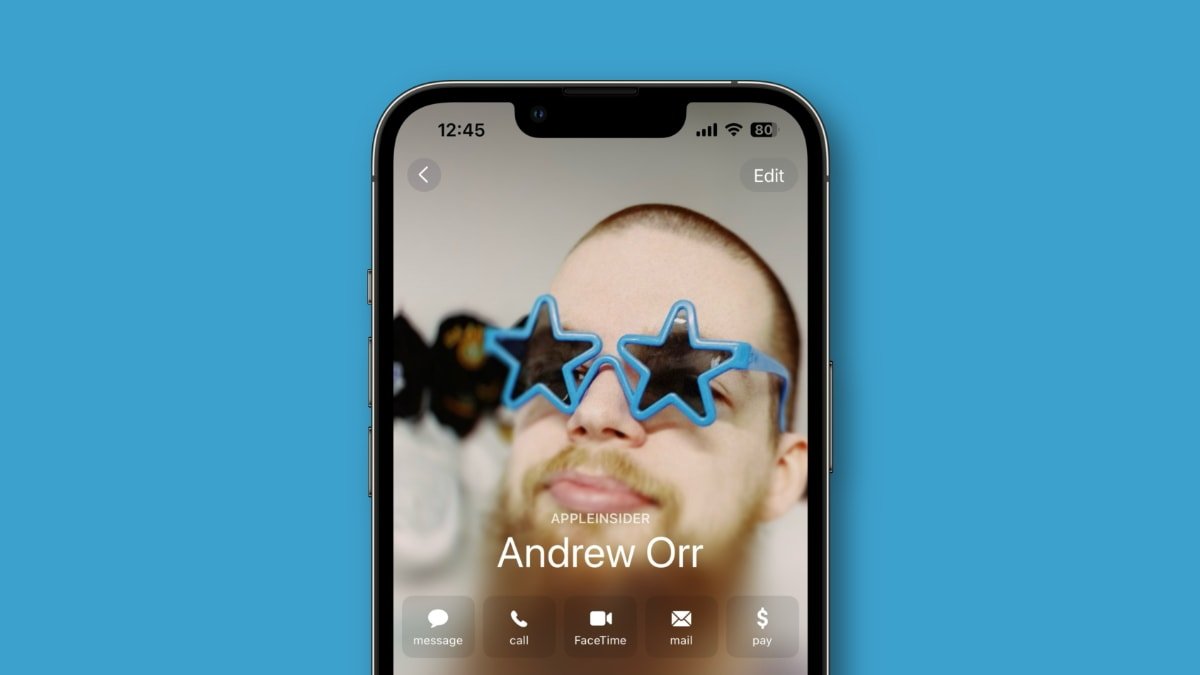
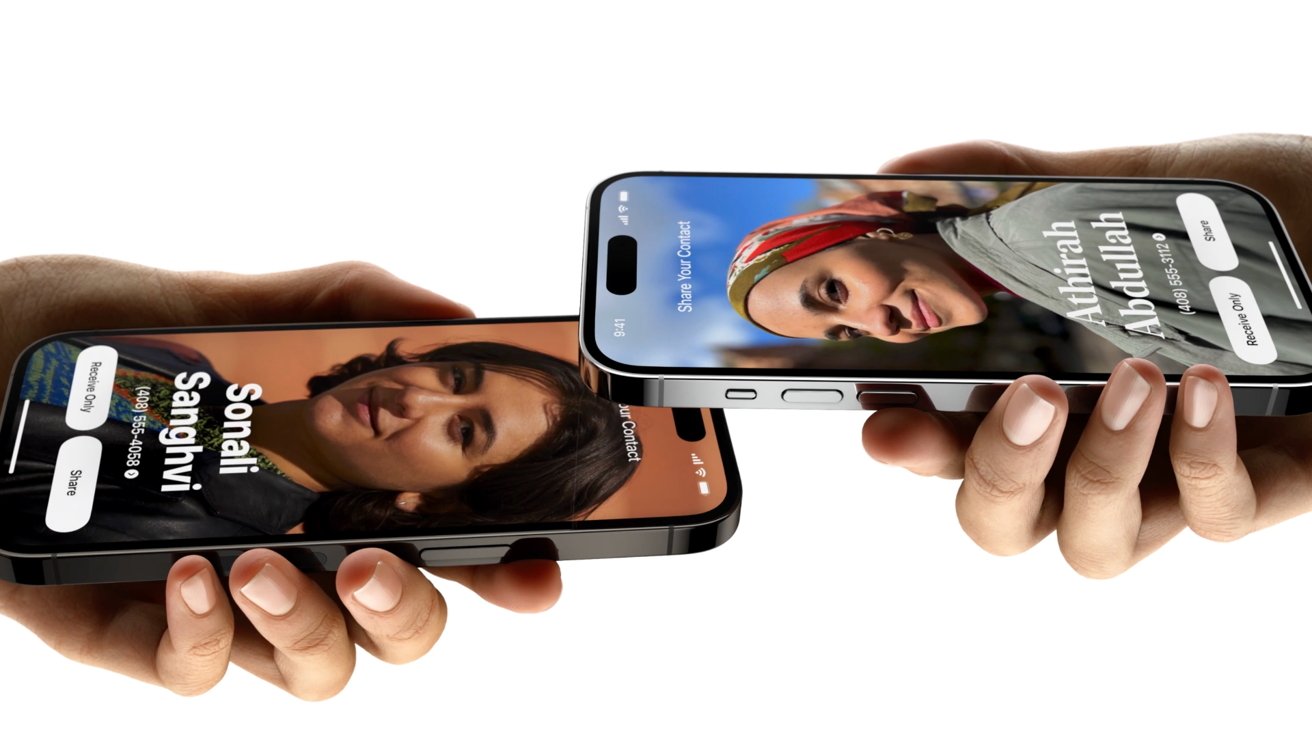
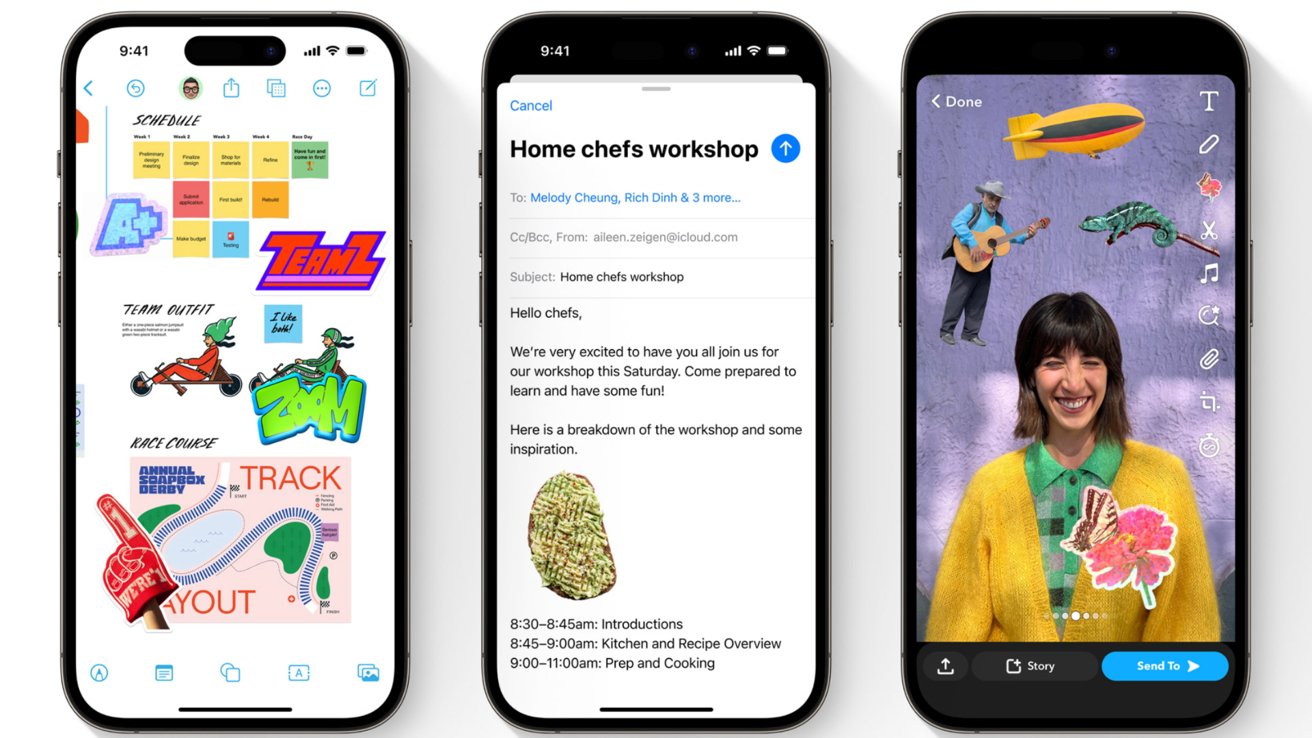
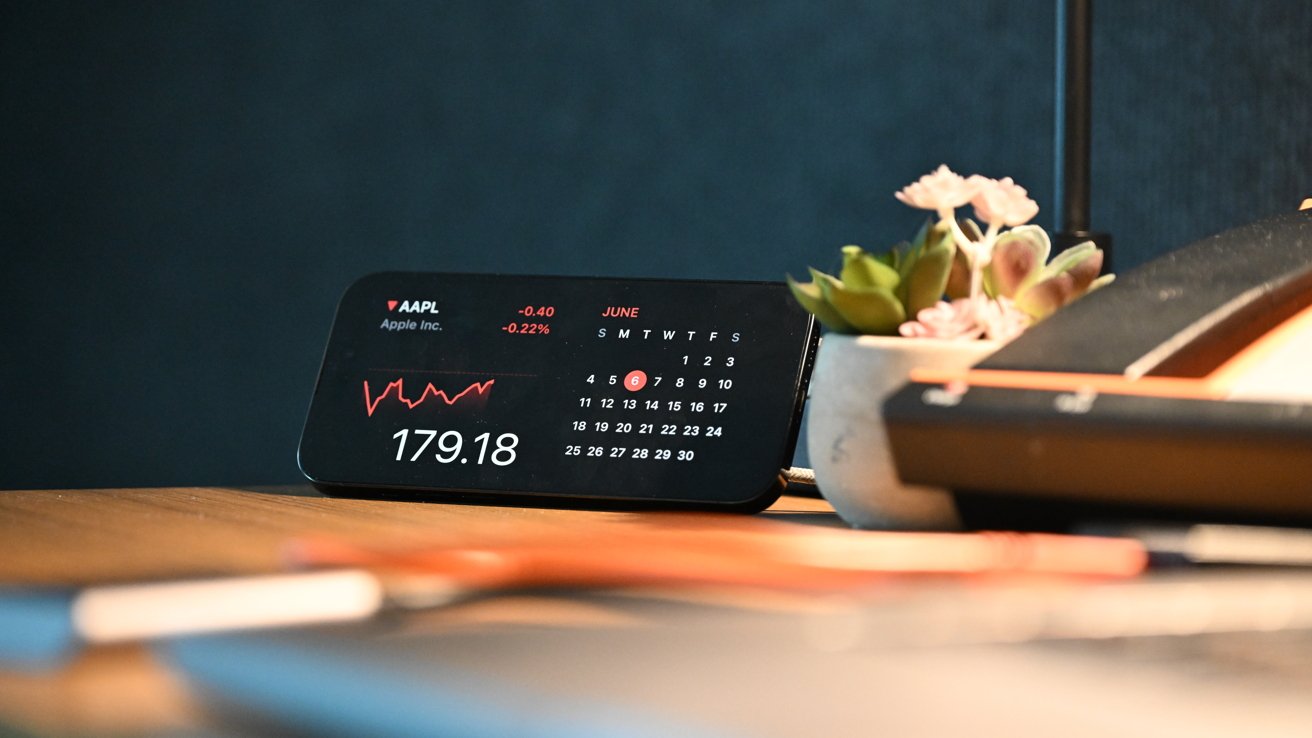
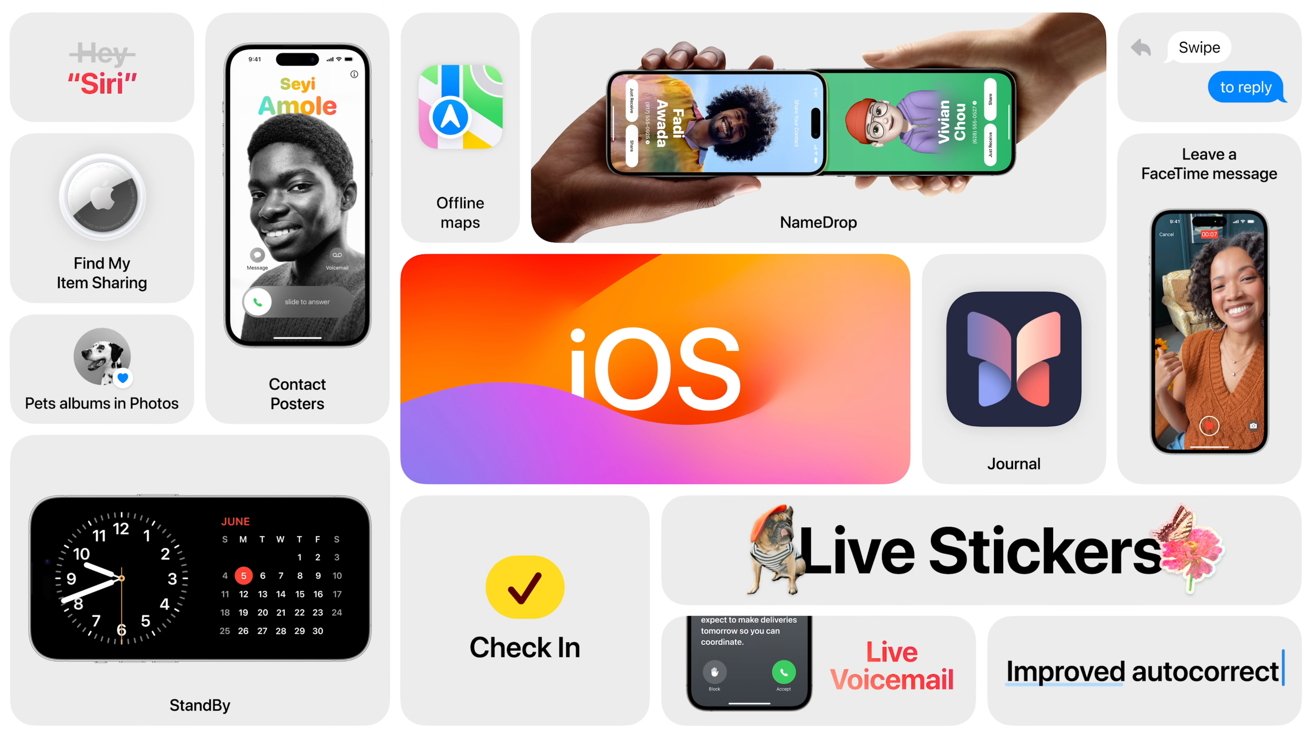
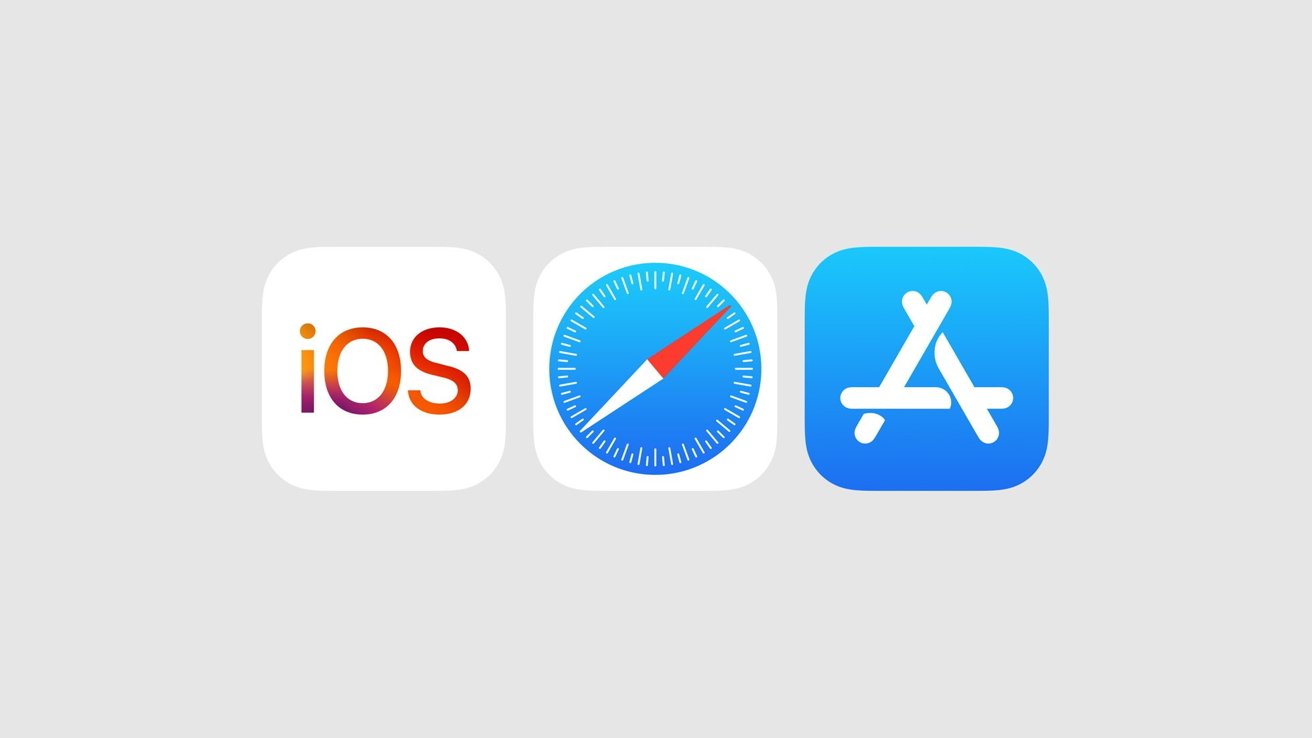
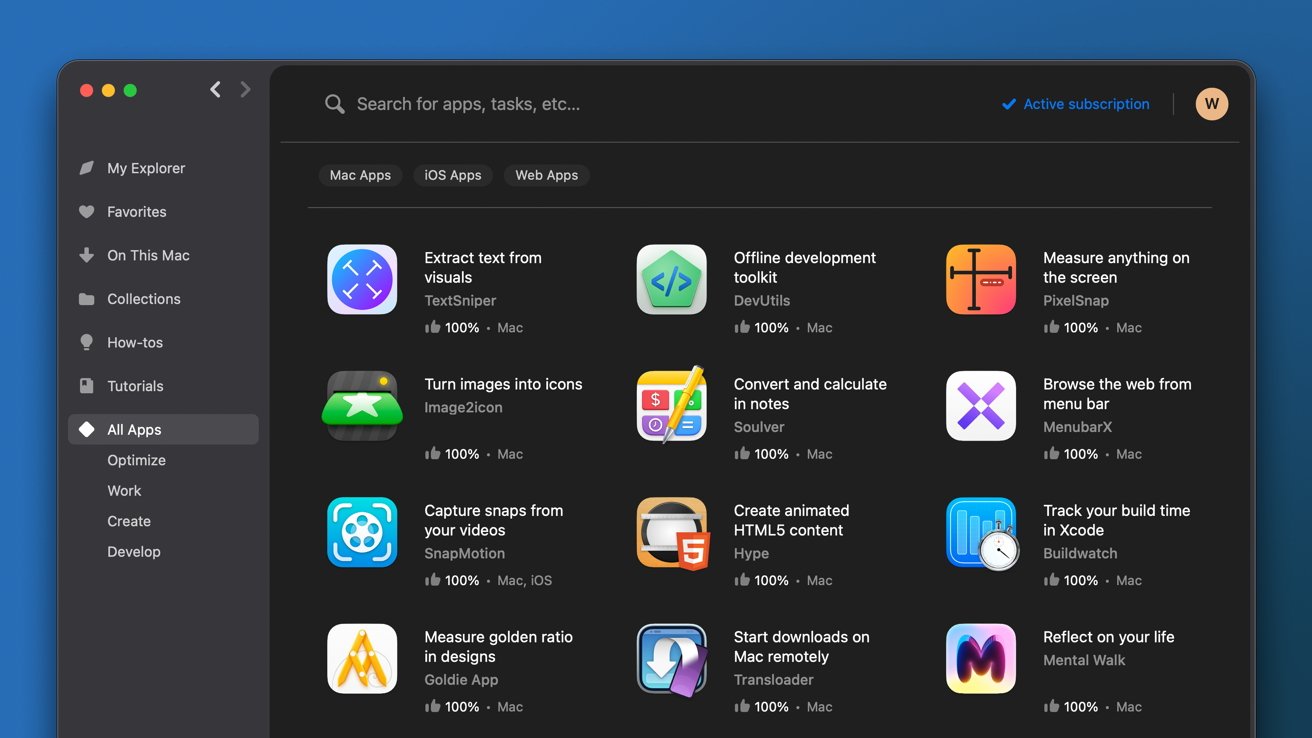
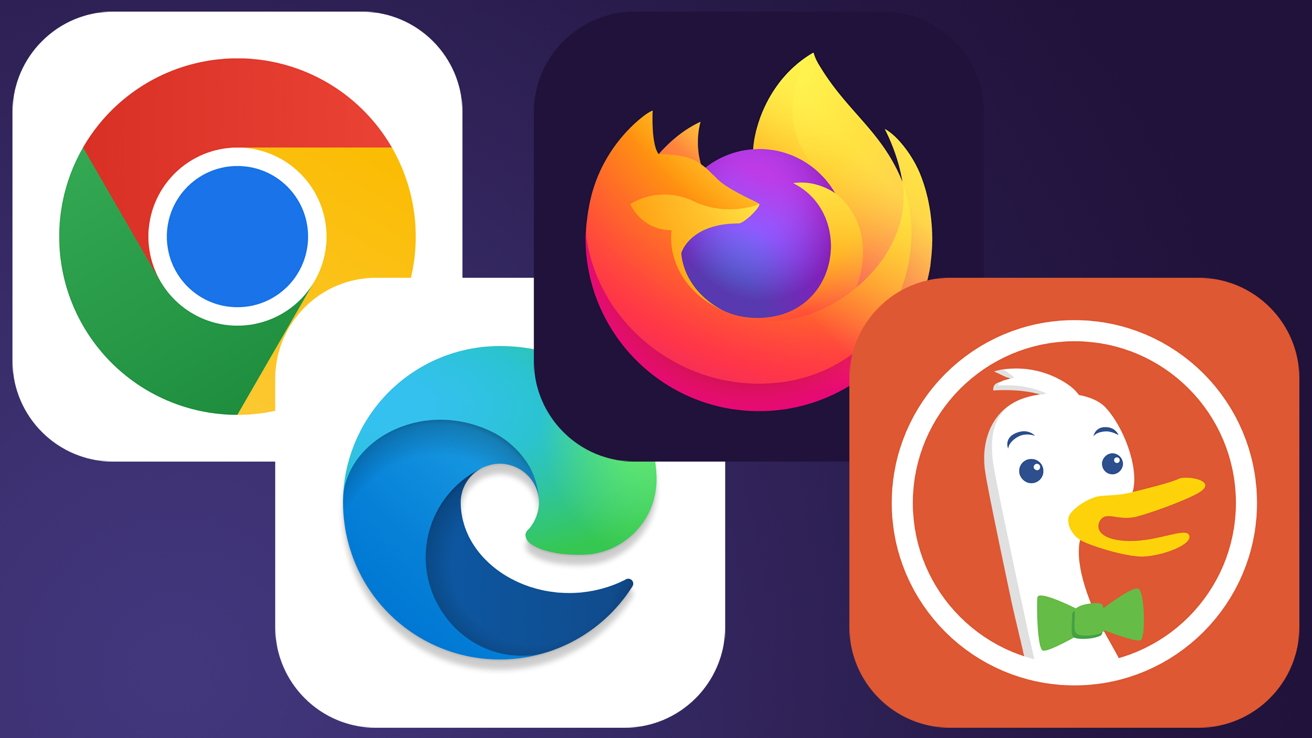
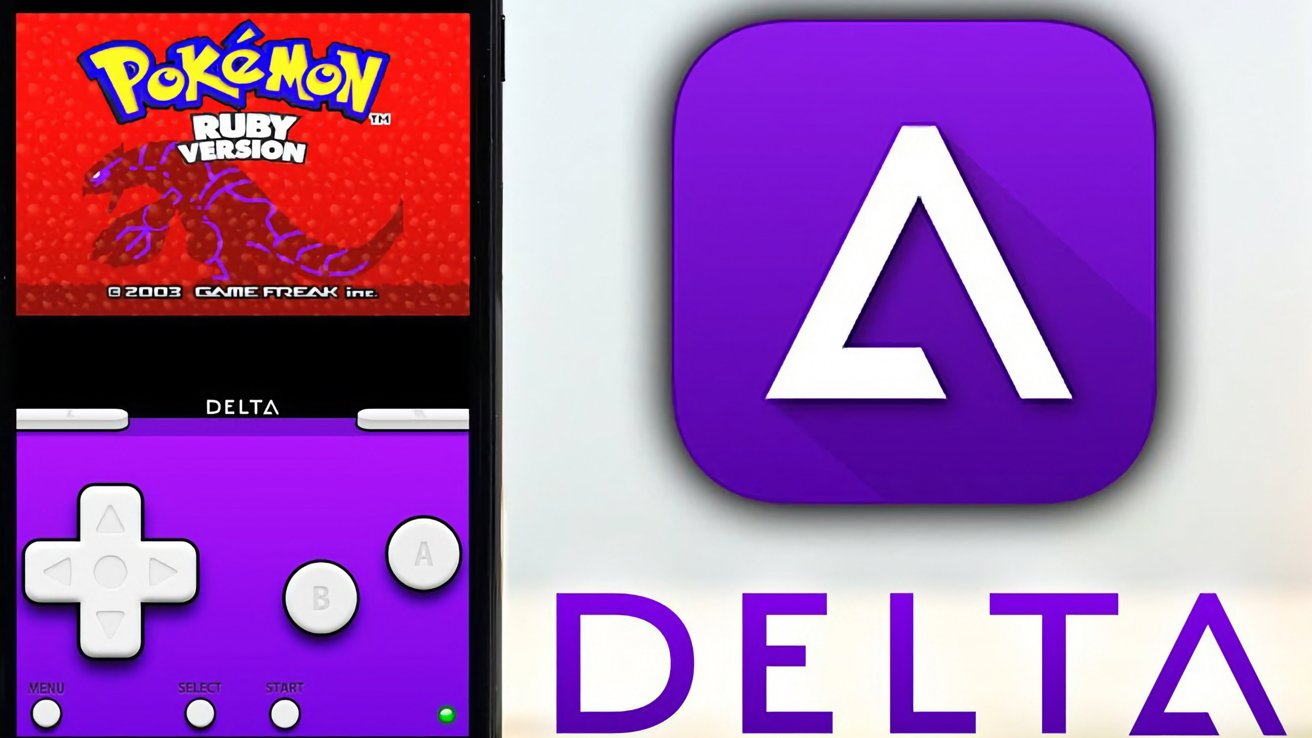
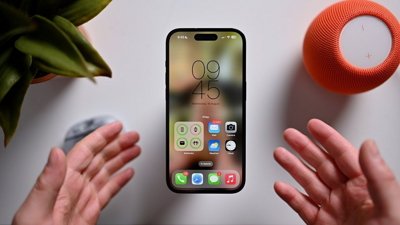
 Malcolm Owen
Malcolm Owen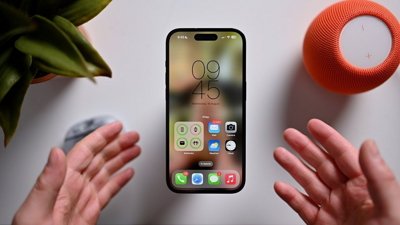
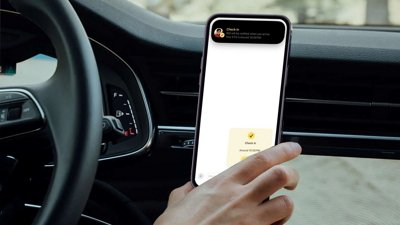
 Nathaniel Pangaro
Nathaniel Pangaro
 William Gallagher
William Gallagher
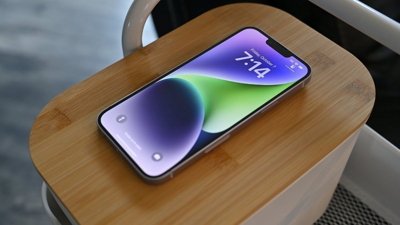
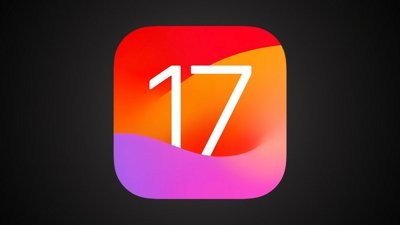
 Wesley Hilliard
Wesley Hilliard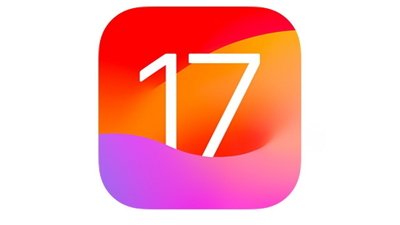
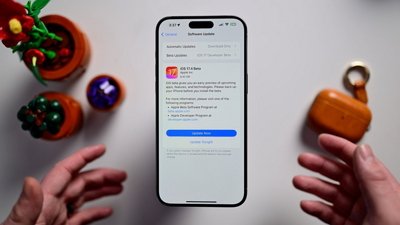
 Andrew O'Hara
Andrew O'Hara